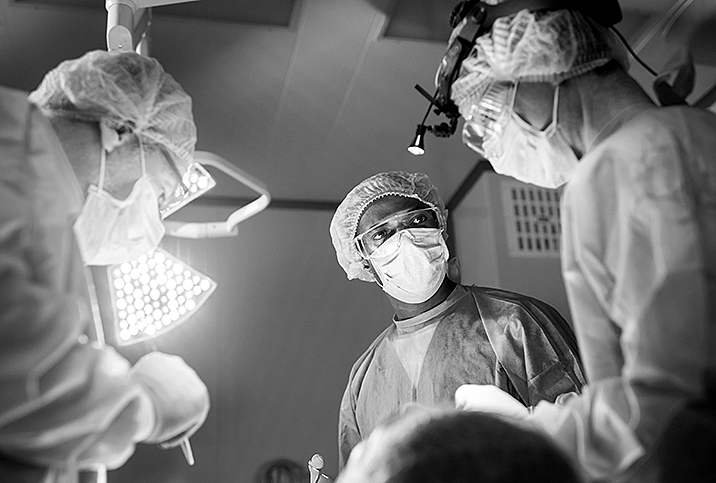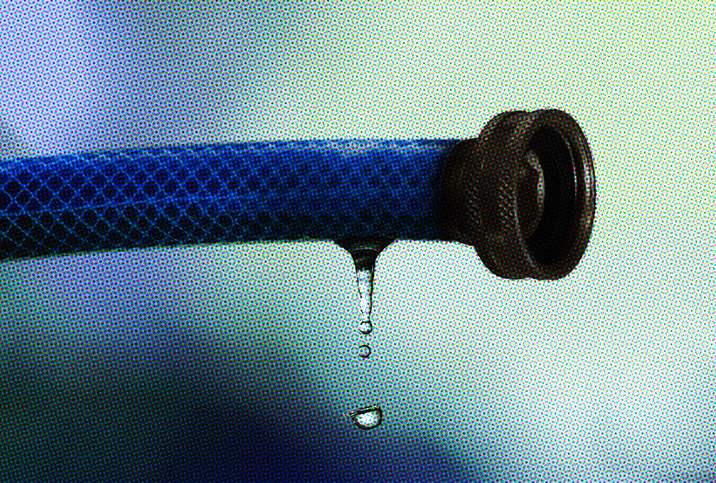An Overview of Hypospadias and Its Effects

Hypospadias is a congenital disorder of the penis, marked by the urethral opening appearing on the underside, anywhere below the tip. Surgery is required to fix it, and untreated hypospadias causes unpleasant symptoms, including:
Spraying of urine. Since the urethral opening lies along varying positions on the penile shaft, urine sprays undesirably, making it difficult to achieve high hygiene standards.
Compromised fertility. Depending on the severity, hypospadias can prevent the correct placement of sperm during intercourse, hindering procreation.
Difficulty with intercourse. Hypospadias very often coincides with a shorter, curved penis—a condition called chordee—which can make penetrative sex more difficult.
Dissatisfaction with appearance. Many patients do not like the way hypospadias makes their penis look.
Long-term hypospadias effects
Dealing with hypospadias is a grueling journey for many males, given that most start their treatment journey in childhood. About 27 percent of these individuals may have to endure side effects of the treatment later in adulthood, especially considering that the corrective procedure may have to be repeated multiple times to achieve a satisfactory result.
It’s very important that someone with hypospadias not get a circumcision, as the prepuce (foreskin) may be used in reconstruction.
The effects of both the condition and its treatment are broadly varied.
Surgical complications of repair procedure
Hypospadias treatment is a complex process, and many times, complications arise years after surgery. These complications vary from patient to patient:
Postsurgical fistula. Fistula formation around the urethra—a linear outpouching of the urethra that reaches the skin surface or the bladder or bowel— is as concerning as it is common. This complication comes from a combination of factors such as poor surgical procedures, narrowing of the urethra and infection. Patients suffering from this condition have to undergo further surgery to correct it. However, small fistulas may resolve on their own.
Hematoma. A hematoma appears when blood pools under the skin, often appearing like a bruise. In typical cases, hematomas are not a reason for concern; however, they are dangerous in hypospadias treatment because they can lead to infection.
Postsurgical infection. As with any other surgery, an infection can occur and reduce the chances of recovery. Factors that indicate or influence infection rates include high temperature, high humidity levels and exposure to contamination.
Ruptured wound. A ruptured wound, also known as wound dehiscence, may occur. While rare, it can be caused by erections, infections, hematomas and inadequate postoperative care.
Urethral problems. The thinning of the urethra is also a point of concern after hypospadias treatment, since it leads to an inability to empty the bladder when urinating. The results may be constant urinary tract infections and urinary incontinence.
Possible psychological impairment
Patients who had hypospadias repaired in their infancy may not recall anything. Those who have the procedure later on in life, however, may encounter psychological effects, since they are fully aware of their condition. Some of the psychological impacts of hypospadias observed in patients include:
Low self-esteem. Being or feeling different is a challenging situation that can leave an individual feeling inadequate. These feelings can hinder progress in various aspects of daily life, especially when the deformity remains uncorrected.
Antisocial behavior. Given the sensitive nature of the condition, many patients treat it as a secret and, as a result, keep to themselves to avoid any scrutiny that could expose their disorder.
Sexual inhibition. Hypospadias may lead to sexual inhibition due to a lingering fear of rejection and becoming a discussion topic or subject of ridicule.
Anxiety and depression. All of these psychological and emotional challenges can create problems with chronic anxiety and depression.
Risk of sexual dysfunction
Hypospadias treatment is not always successful, and one of the effects of the deformity is the possibility of sexual dysfunction. In many cases, the penis is curved and shorter, which makes sexual intercourse laborious and uncomfortable. Apart from the discomfort, hypospadias can prevent proper ejaculation, making it extremely difficult to conceive.
General aesthetic concerns
Surgery may fix many of the physiological problems, but the results might not meet patients’ aesthetic preferences. Men who do not like the appearance of their genitalia may have issues getting intimate with sexual partners as they try to protect their image.
Financial burden of treatment
Between the appointments, diagnosis and multiple hospital visits, treatment costs add up. Treating hypospadias is expensive and may be attainable only for people who have medical insurance or a large bank account.
It’s getting better all the time
While hypospadias significantly alters the quality of life, it is possible to have satisfactory results after treatment. Thanks to technology, the modes of treatment are now less invasive and offer higher chances of success, and with high-level research ongoing, there is heightened hope for better outcomes.
It is important to make follow-up visits with your doctor for assessment and to ensure any problems are detected early.

















